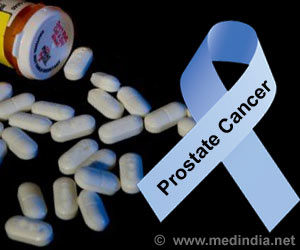Fertilizers containing selenium could be used to combat selenium deficiency as, the selenium content in foods depends on the quality of soil.

- Selenium is an essential micronutrient obtained from dietary sources such as cereals.
- The selenium content in food depends on the concentration of selenium in the soil it is grown.
- Higher selenium concentrations are most likely to occur in areas with low to moderate precipitation and high clay content.
The sixteen datasets assessed (1994-2016) comprised a total of 33,241 soil data points. Analysis of selenium concentrations in the top 30 centimetres of soil, together with 26 environmental variables, indicated the dominant role of climate-soil interactions in controlling soil selenium distributions.
The main factors influencing soil selenium concentrations are precipitation and the so-called aridity index (potential evaporation:precipitation ratio).
Precipitation leads to leaching of selenium from the soil. At the same time, precipitation can have a positive effect on selenium concentrations since the oxygen content is lower in wet than in dry soils, which means that the selenium is less soluble and thus less mobile.
In addition, frequent precipitation leads to a low soil pH, which promotes the binding of negatively charged selenium to soil particles. Higher selenium concentrations are most likely to occur in areas with low to moderate precipitation and high clay content, while lower concentrations are found in arid areas with high pH and low clay content.
Overall, however, selenium levels are expected to decrease: by the end of this century (2080-2099), 66% of croplands are predicted to lose selenium (mean decrease of almost 9% compared to 1980-1999). Particularly affected are agricultural areas of Europe and India, China, southern South America, southern Africa and the south-western United States.
So selenium losses could have implications for human health - at present, up to 1 billion people are thought to be affected by low dietary selenium intake.
Selenium deficiency can lead to Keshan disease. The main symptom of Keshan disease is myocardial necrosis, leading to weakening of the heart. Selenium deficiency also contributes to Kashin-Beck disease. Kashin-Beck disease results in atrophy, degeneration, and necrosis of cartilage tissue in the joints. The body also becomes more susceptible to illness caused by other nutritional, biochemical, or infectious diseases.
A selenium deficiency can cause symptoms of hypothyroidism, including extreme fatigue, mental slowing, goiter, mental retardation, and miscarriages.
According to the authors, this study serves as an early warning for humanitarian organizations and the agro-industry. Fertilizers containing selenium could be used to combat selenium deficiency, as has been done in Finland since 1984. In addition, selenium additives could be used in animal feed.
Reference
- G.D. Jones et al., Selenium deficiency risk predicted to increase under future climate change, Proceedings of the National Academy of Sciences (2017) http://dx.doi.org/10.1073/pnas.1611576114.
- http://adoptionnutrition.org/what-every-parent-needs-to-know/common-nutrient-deficiencies/selenium-deficiency-keshan-disease/
Source-Medindia













